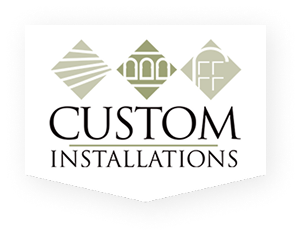Temperature changes in the Midwest are extreme from season to season. For example, in July, the average high temperature in Chicago is 82 degrees, but in February, the average high is only 1 degree. This process of freezing and thawing can take a toll on homes, especially when it comes to leaks. Leak prevention is vital for cold weather homes for this reason.
Relative Humidity & the Climate
Relative humidity is the measure of moisture in the air compared to the total amount of moisture the air can hold at its current temperature. For example, if the relative humidity inside your home is 40%, this means the air is holding 40% of the maximum amount of moisture it can hold at that temperature. The colder the air, the less moisture it can hold. Conversely, the warmer the air, the more moisture it can hold. While you might be aware that high humidity can have a tremendous negative effect on your home – especially in the attic and your roof – low humidity can create problems, too.
Factors that Play into Your Home’s Relative Humidity
The air inside your home and the air outdoors are two very different things. Your HVAC system plays an important role in you home’s relative humidity. In the summer, your air conditioner cools your home by removing humidity (and therefore heat) from the air. In the winter, your furnace heats the cool air as it seeps into your home, which increases the overall air volume, but does not add more humidity to the mix. Of course, your HVAC system is not the only factor that goes into determining your home’s relative humidity. Other factors include:
- The amount and efficiency of insulation inside your home;
- Whether the home (especially the attic space) is ventilated;
- How much moisture you and your family create inside the home; and
- Whether you choose to humidify or dehumidify your home.
Why Low Humidity Can Cause a Leaky Roof
Though many homeowners pay close attention to indoor humidity during the summer to prevent condensation, rot, mold, and mildew – especially in their attic spaces – very few homeowners concern themselves with winter humidity. After all, dry air is much less likely to allow for condensation, so homeowners often mistakenly believe there is no real reason to worry. This is not the case.
When the air inside your home is too dry (usually below 20% relative humidity for an extended period of time), it can negatively impact the wooden parts of your home. Flooring, furniture, and even exposed beams in your attic can split as the dry air absorbs moisture from every porous surface in your home. Should the wood in your attic split due to a lack of moisture, you may not notice until the temperatures are well above the freezing mark. Split wood will often allow for leaks, which can be detrimental to the structure of your home.
How to Prevent Damage Caused by the Freeze/Thaw Cycle
There are three primary ways to prevent damage caused by fluctuating relative humidity in cold-climate homes.
- Proper attic ventilation – When your attic is properly ventilated, it allows the air to remain more humid in the winter and less humid in the summer.
- Better insulation – When your attic (and your home in general) is properly insulated, it is easier for you to control the relative humidity and keep it within acceptable levels.
- Active humidity regulation – Finally, homeowners can actively regulate the humidity inside their homes by installing whole-home humidifiers or dehumidifiers when needed.
The number one goal for homeowners who live in cold climates is to maintain a constant humidity level throughout the year from season to season. Experts say levels between 20% and 50% are ideal, and you can achieve with proper ventilation, insulation, and humidity regulation.
